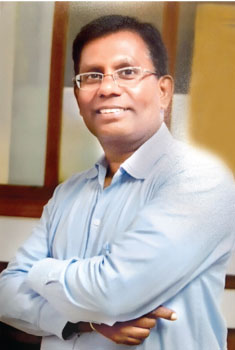It is often said that history repeats itself; thus, the importance of history classes and education about the past. There are certain things, like wars, that we do not wish to see happen again in our world.
One such event was the first (and last to this day) dropping of atom bombs, during World War II on the cities of Hiroshima and Nagasaki. After the Japanese attack on Pearl Harbor, the US sought to end the war with one devastating attack in return.
On August 6 and 9, 1945 America dropped two atomic bombs on Japan, The first was dropped on the city of Hiroshima on August 6 and the second on the city of Nagasaki on October 9 resulting in the death of over 129,000 Japanese nationals.
Not knowing the true extent of the damage that the nuclear bombs would cause, they were dropped. And since, books and memoirs and journals and history texts and more have been written, and photographs taken, and research done to educate people of its destructive power so that in this case, history will never repeat itself.
The Sinhala publication Hiroshimawe Kandulu (Tears of Hiroshima) authored by senior Journalist Chandana Wijekoon is another effort in that direction.
Wijekoon in this publication, a derivative work of an English book, tells the stories of 25 people in Hiroshima in the hours and weeks after the attack. Here he tries to capture a full spectrum of feeling – panic, grief, disgust, resilience, hope – often on the same page.
“Hiroshimawe Kandulu” is filled with evidence of humanity at its worst and best, with stories of generosity, grief and pain.
In Chapter three we could read the experience of 13-year-old Takeshi Tanaka, a student at Hiroshima Technical college. Tanaka says ‘Everything was black, had vanished into the black dust, and was destroyed. Only the flames that were beginning to lick their way up had any colour. I didn’t hear a sound but saw a bright light in the sky. I was unconscious for a bit of time but when woke up was covered in blood. From the dust that was like a fog, figures began to loom up, black, hairless, faceless. Their bodies too were covered in blood. They screamed with voices that were no longer human”.
We see melted bodies, rivers filled with corpses, and rubble stretching into the distance. In one narrative we see how one student describes seeing her School auditorium filled with bodies.
Other eyewitnesses tell of the greasy, black rain that began to fall on Hiroshima shortly afterwards; how some even tasted it, washed the dust covering their bodies; unaware of its radioactive toxicity.
“Hiroshimawe Kandulu” is not a history lesson. It is a raw, very human account of the death, destruction and resilience that, all these decades later, we still witness around the world. According to Wijekoon the rise of Japan from such devastation could be an example to Sri Lanka as well which has suffered from a three-decade terror war. Wijekoon’s book is a good medium for Sinhala readers to become familiar with the experiences of victims of the atomic bomb dropped on Hiroshima.
Wijekoon a member of the editorial staff of the ‘Dinamina’ newspaper published by the Lake House says he derived inspiration from a recent visit to Japan and Hiroshima to write this book.
The book Hiroshimawe Kandulu (Tears of Hiroshima) authored by Wijekoon, will be launched today at 3.30 pm, at the Colombo City Hotel’s Monara Banquet Hall.



Add new comment